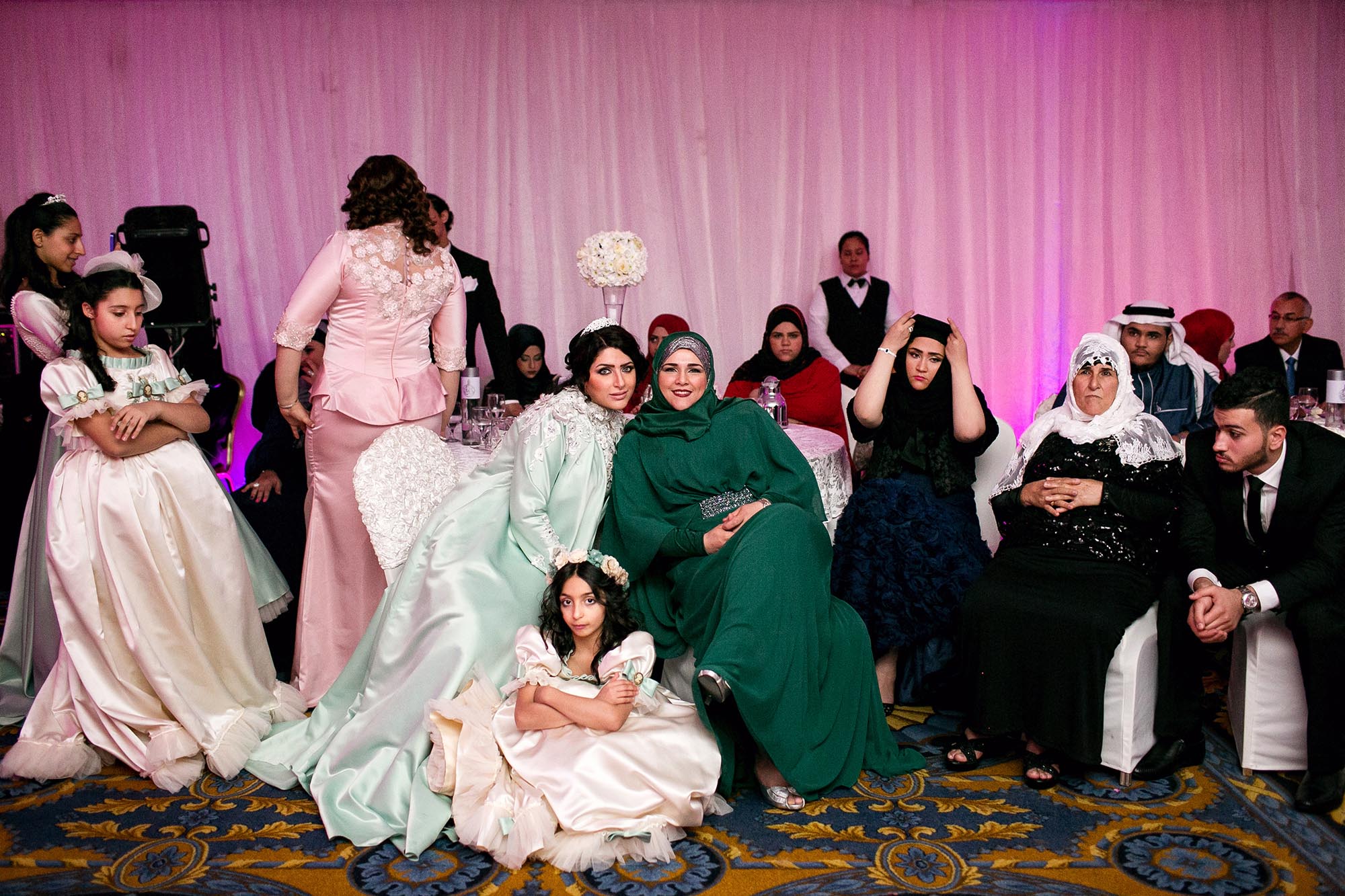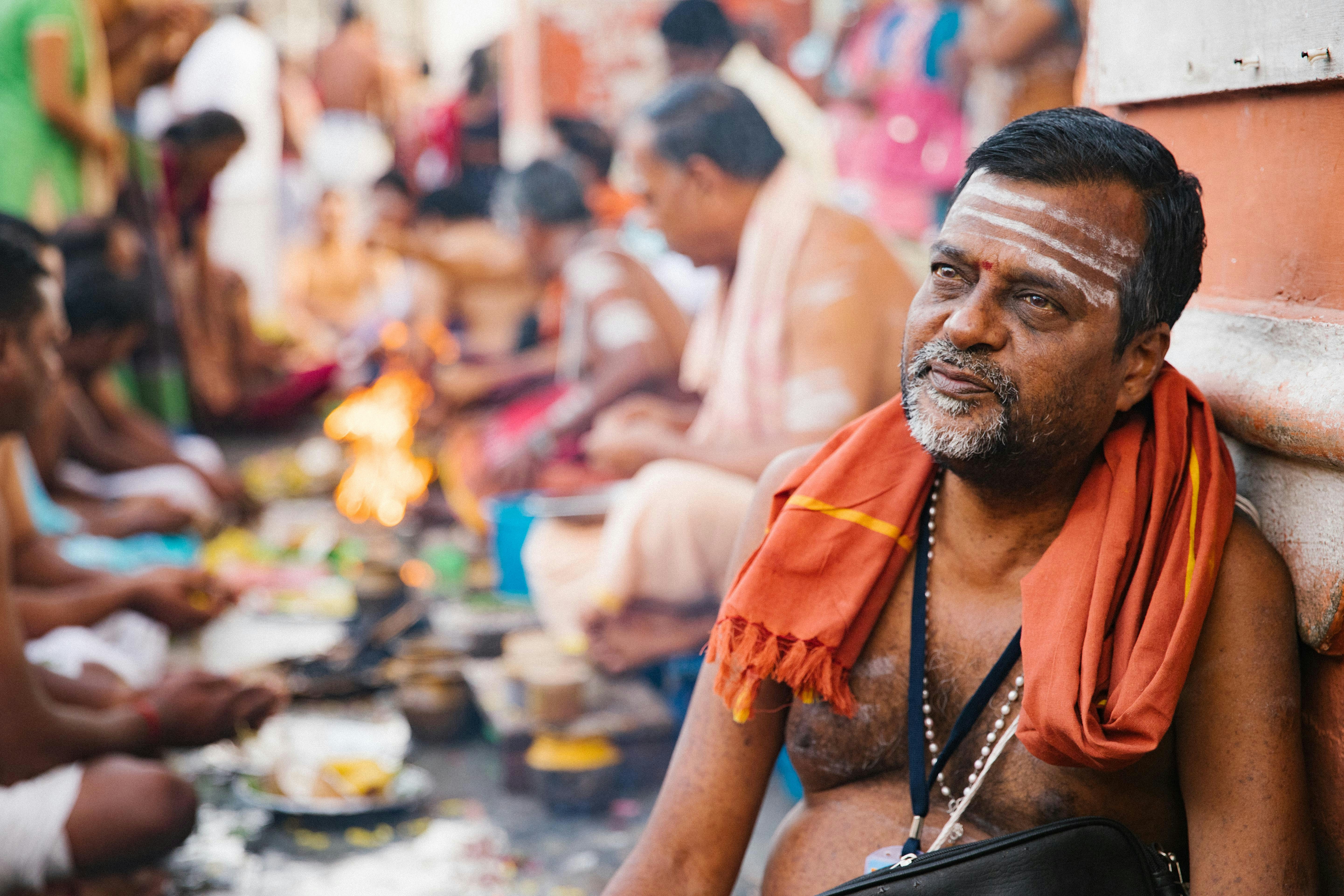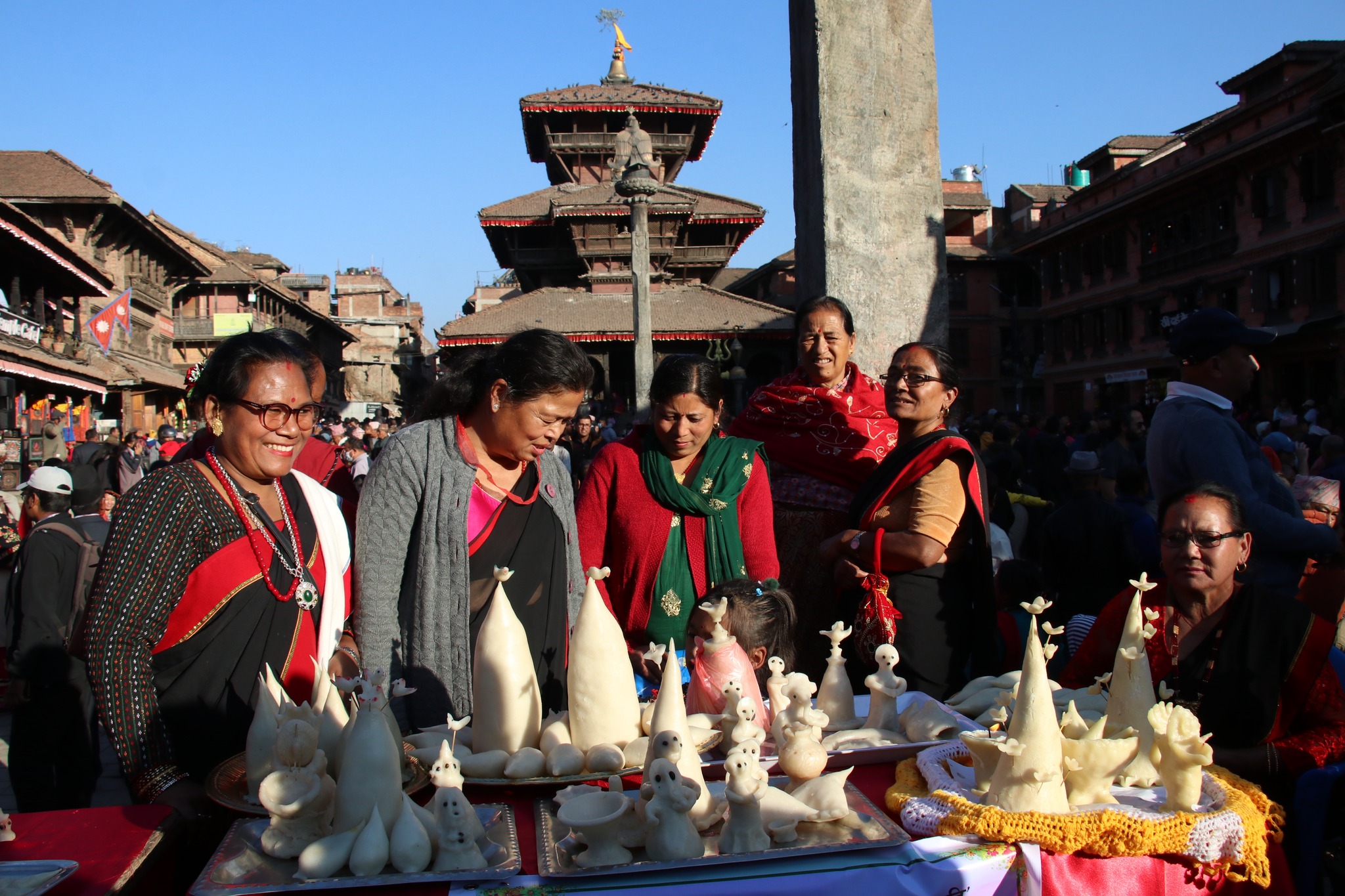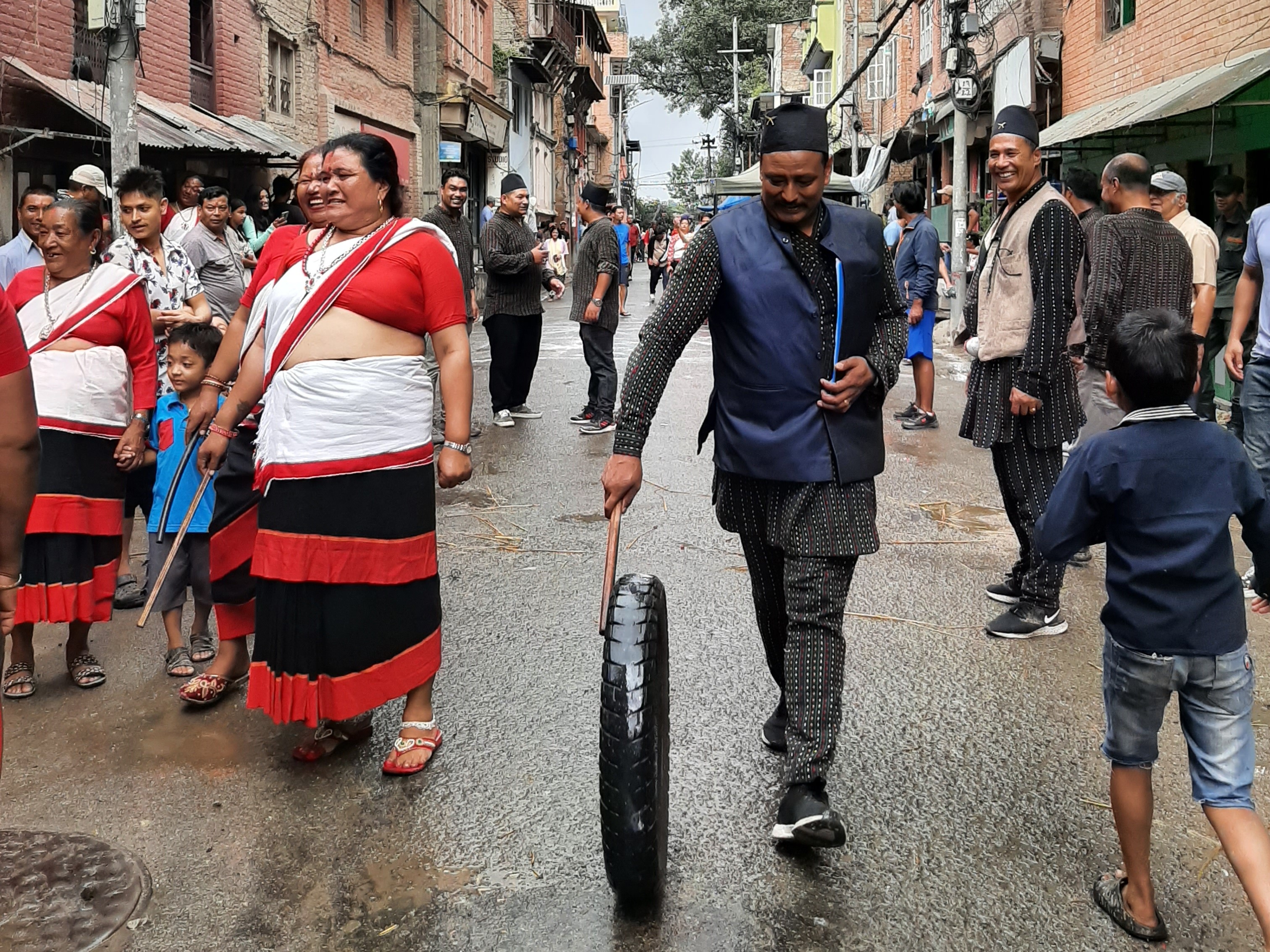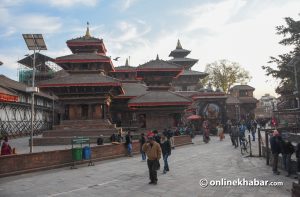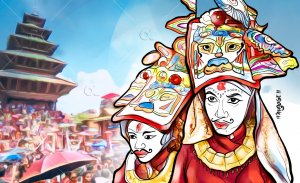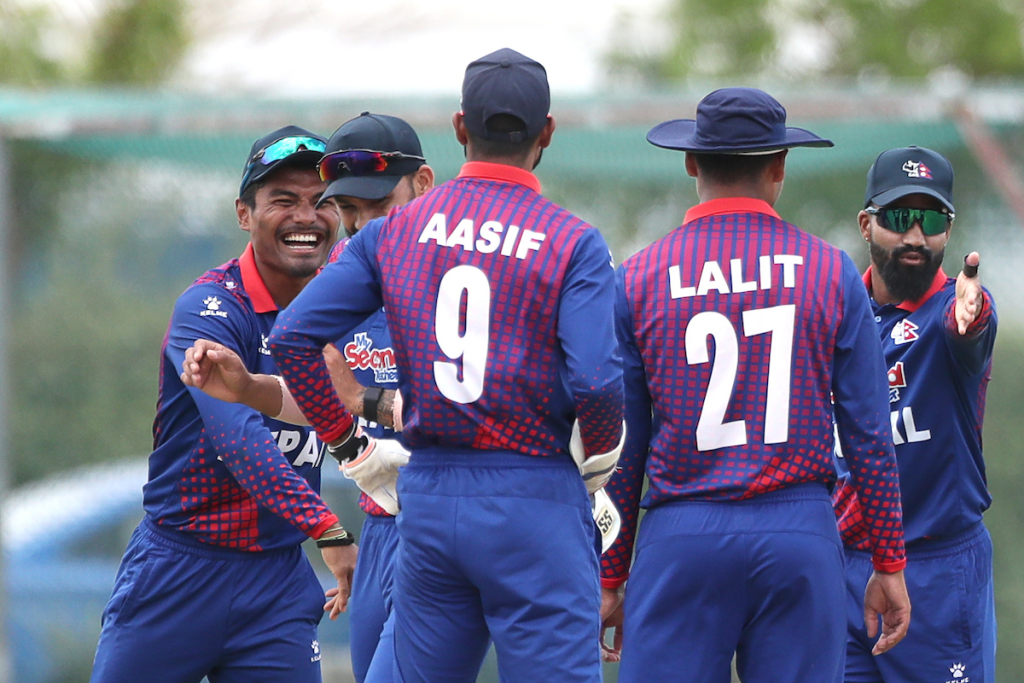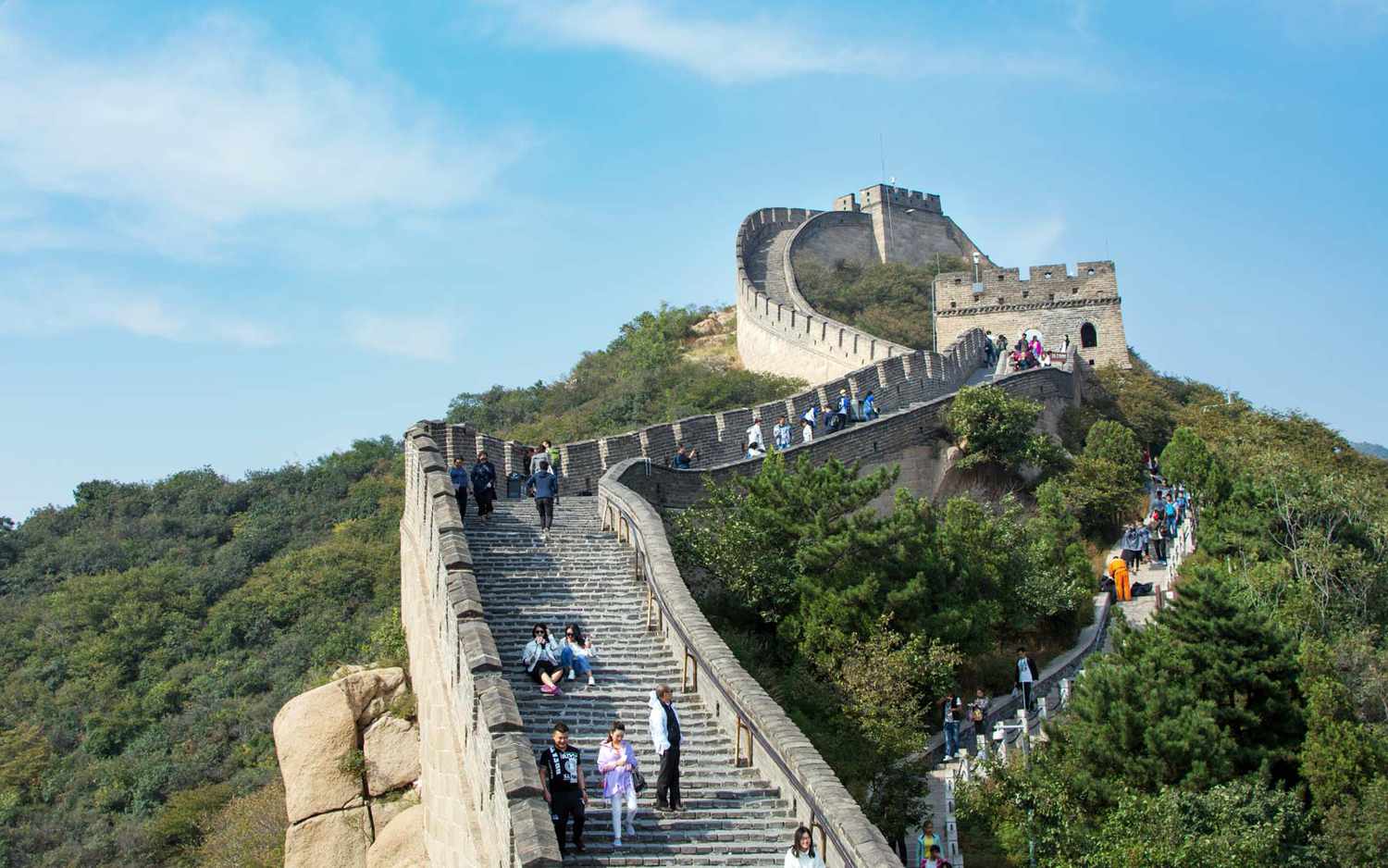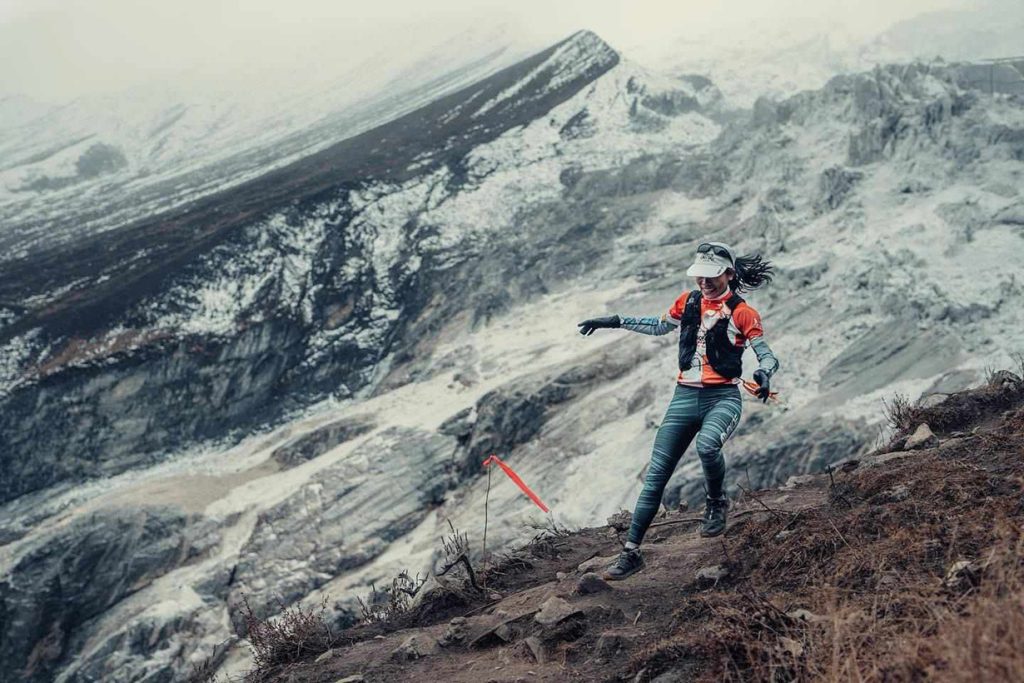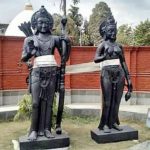“What do you need a poet for?”
“To save the city of course!”
Such was written by the great Greek playwright Aristophanes in 405BC in his masterpiece The Frogs.
The story goes: Athens is in a state of decline and the Greek god Dionysus ventures into Hades (the underground) to appeal to a poet to go back to the city to help Athens return to its former glory and power.
Why a poet?
To end the intellectual and creative stagnation of the citizenship.
The comedy received rave reviews at the time, winning first place in the Festival of Dionysus.
The festival itself, organised by the Greek city state, recognised the role of arts in providing critique and commentary on society’s most pressing issues, and Dionysus, formerly the god of wine and harvest, became one of the first patrons of the arts.
And so it was. The relationship between the arts and health of a democracy was established in the world’s first people’s rule, and it has henceforth been maintained, and at times undermined, in democratic societies across the world.
Fast forward a several thousand years and shift a several of thousand kilometers and the same idea is echoed: that the free exploration of ideas is essential to the health of a society.
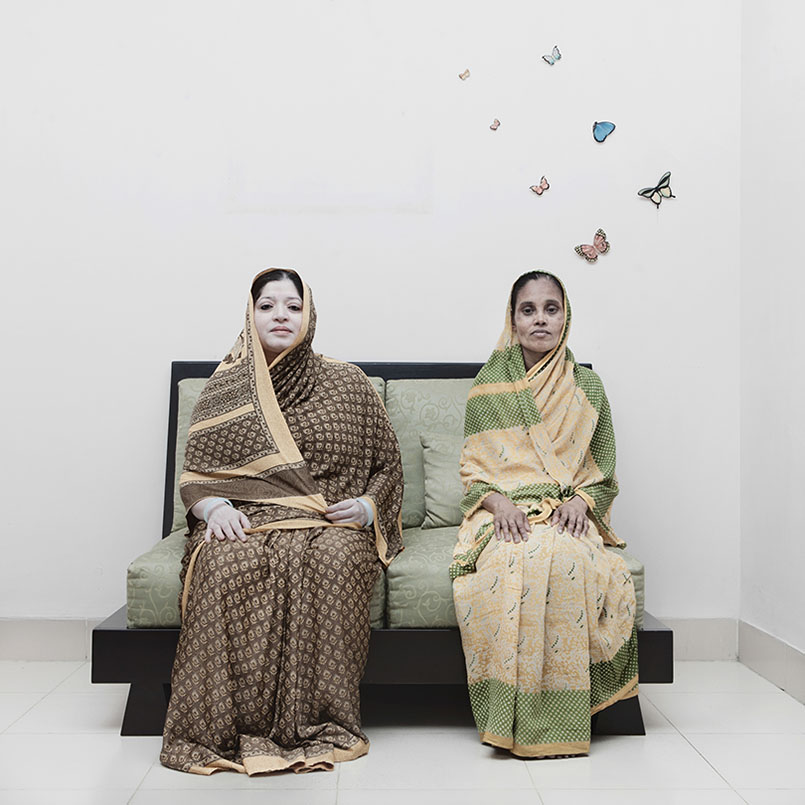
This time the idea is reaffirmed by Kathmandu based photographer and the co-director of Photo Kathmandu NayanTara Gurung Kakshapati.
“Who knows maybe for the next two weeks Kathmandu, Nepal can be the cultural epicenter of the world,” she had suggested on the eve of the second Photo Kathmandu international photography festival.
Now in its second year, Photo Kathmandu has met such expectations and some.
The idea – to run the cultural festival – sprouted in the most unlikely of times, just after the April 2015 earthquakes which killed 9,000, left 800,000 people homeless and caused extensive damage to the country’s cultural heritage.
It came at a time when the image of Nepal elsewhere was synonymous with that of the earthquake and recovery efforts. Much of the focus in Nepal was also on rebuilding.
NayanTara and her team at photo.circle had another idea, reminiscent, dare it be said, with that of Dionsyus: run a photography festival, invite a host of artists from across the world and revive the cultural hub.

Their mission was to tell a different story of Nepal beyond the devastation of the earthquakes and to shift the narrative from despair and devastation to resilience and revival.
If their aspirations were lofty, equally, the content of the festival was brave and courageous. It mirrored the Nepali society that simultaneously revealed both its ugliness and its beauty.
Dalit: The Quest for Dignity was a poignant collection of photographs from the Nepal Picture Library documenting the dalit’s struggle for dignity and equality in Nepali social, economic and political life.
“The legacy of this brutality against dalits in Nepali social life can, even today, debilitate the official commands of law and the state to end caste discrimination,” reads the introduction.
But the exhibition did more than shine a light on caste discrimination and ill treatment; it worked to collectively restore a sense of dignity to the community. The collection of photos not only worked to construct a story of struggle for dignity but it also worked to offer an ending, a point of departure and hope for the future.
The same could be said for Spanish photographer Arantxa Cedillo’s Broken Rules. While documenting the harrowing state of sexual violence and discrimination against Nepali women, her photographs simultaneously celebrated those women who have risen against the current system to become agents of change.
The festival championed female voices not only in Nepal but also across the world. Photo: Tasneem Alsultan
An example of the festival’s strong pull was its ability to bring Broken Rules to Nepal. Made in Nepal, on pioneering Nepali women, the photographic exhibition has travelled the world for the past three years yet this was the first time it was shown in Nepal.
The festival championed female voices not only in Nepal but across the world. Saudi Arabian photographer Tasneem Alsultan presented the “insider” stories of Saudi women during her slideshow More than just a hijab.
These were stories on the pride of Saudi women, of their ongoing struggle for autonomy and dignity and most importantly, their strength and resilience, something Tasneem feels is often overlooked and ignored by mainstream media. “Don’t patronise us,” was the main take away from the talk and after hearing the stories of these women and seeing the way in which rebellion is an everyday act, one would dare not to.
Accompanying the photographic exhibitions was an exhaustive list of panel discussions, artists talks, slideshows and collateral events. The panel discussions walked fine lines and pushed boundaries. They facilitated dialogue around those not so comfortable conversations, caste and class, war and memory, artistic subjectivity and representation, and freedom of expression and censorship.
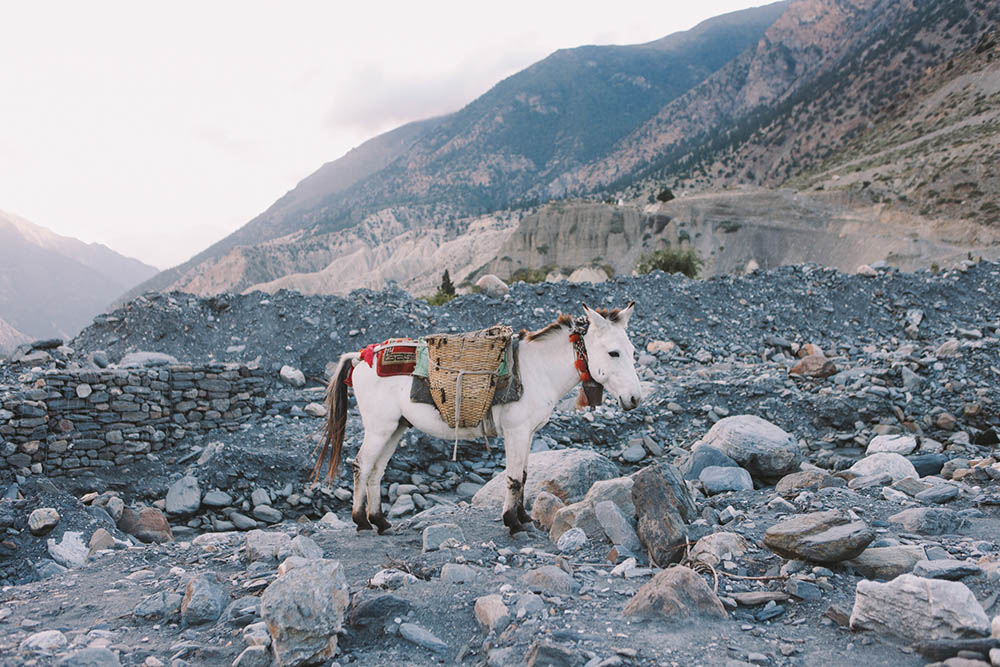
Speaking at the opening night of the festival Tanvi Mishra, one of the curators and moderators for the panel discussions, said this was precisely the point of the festival.
“The idea here is to raise public awareness and to have these conversations.”
Each of the panel discussions attracted a full house with more than 1,600 attendees over the festival. And with more than 55 artists from 22 countries fusing with local and international audiences of more than 220,000, Kathmandu became home to a melting pot of ideas and aspirations the past two weeks.
The festival, which concluded yesterday, will become a Biennale. The next Photo Kathmandu festival will be held in 2018.
***
Also read
Photo Kathmandu 2015: Lost and found in time
Rāto Machhindranath Jatra through the decades, with photographer Bruce McCoy Owens



